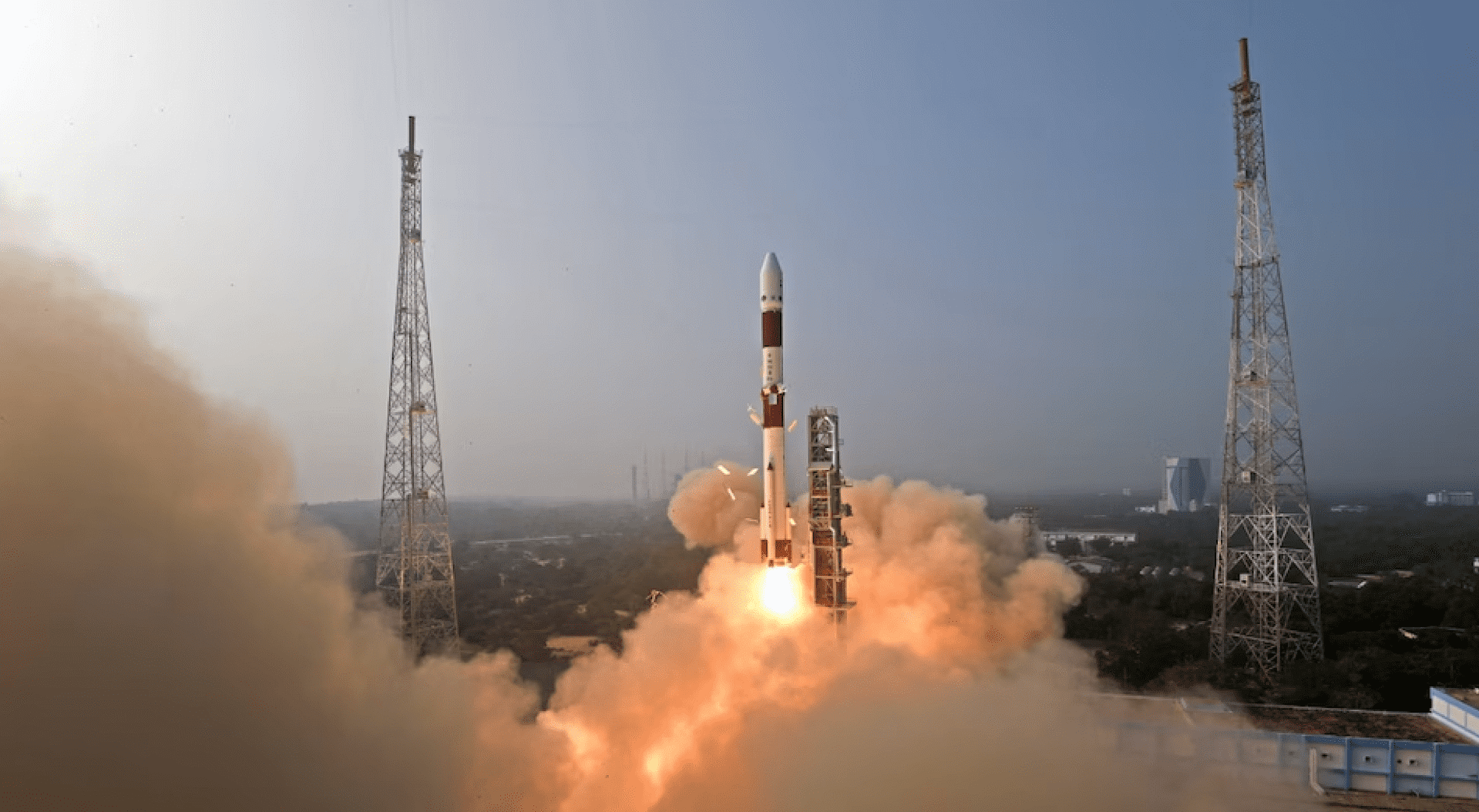ISRO on Monday successfully launched its first X-ray polarimetric satellite, which would offer multiple views of celestial objects such as black holes.
ISRO’s ever-reliable Polar Satellite Launch Vehicle (PSLV) on its C58 mission placed the primary X-ray polarimeter satellite XPoSat into 650 km low Earth orbit as intended after lifting off at the predetermined time of 9:10 am from the first launch pad . in Sriharikota.
At the end of the 25-hour countdown, the 44.4-metre-tall rocket lifted off majestically to thunderous applause from spectators who had descended in large numbers at this spaceport located about 135 km east of Chennai.
The X-ray Polarimeter Satellite (XPoSat) is aimed at investigating the polarization of intense X-ray sources in space.
According to ISRO, it is the first dedicated science satellite from the space agency to conduct research on space-based polarization measurements of X-ray emission from celestial sources.
X-ray polarization serves as an essential diagnostic tool for investigating the radiation mechanism and geometry of celestial sources.
XPoSat’s primary payload is POLIX (Polarimeter Instrument in X-Rays) designed for measuring polarimetric parameters by Raman Research Institute and XSPECT (X-ray Spectroscopy and Timing) built by the U R Rao Satellite Center in Bengaluru. The life of the mission is about five years.
ISRO will also launch a state-of-the-art joint venture satellite with NASA – NISAR in the first quarter of 2024. Built at a cost of USD 1.5 billion (nearly Rs 12,500 crore), NISAR (NASA-ISRO Synthetic Aperture Radar ) is targeted for launch aboard India’s GSLV rocket.
Data from NISAR will be well suited for studying terrestrial ecosystems, solid earth deformations, mountain and polar cryospheres, sea ice and coastal oceans at regional to global scales.
Here are the mission highlights:
With the launch of the X-ray Polarimeter Satellite, or XPoSAT, at 9:10 am, India will become the second country after the US to have an observatory to study black holes.
Using X-ray photons and their polarization, XPoSAT will help study radiation from nearby black holes and neutron stars.
XPoSAT will help study radiation from nearby black holes and neutron stars using X-ray photons and their polarization.
It will perform long-term spectral and temporal studies of cosmic X-ray sources.
It will also analyze polarization and spectroscopic measurements of X-ray emissions from cosmic sources via the POLIX and XSPECT payloads.
After launch, the 44.4 meter high PSLV rocket would first place the primary satellite into a 650 km low orbit around 21 minutes after launch.
Later, scientists will bring the satellite to a lower altitude of about 350 km by restarting the vehicle’s fourth stage to conduct the PSLV Orbital Experimental Module-3 (POEM-3) experiment.
The life of the mission is about 5 years. XPoSat is expected to bring significant benefits to the astronomical community worldwide.
Black holes form when stars “die” and collapse under their own gravity. Black holes have the greatest gravitational pull in the universe and neutron stars have the highest density.
The XPoSat satellite cost around 250 million rupees (approximately $30 million), while NASA’s IXPE, which was launched in 2021, cost around $188 million.




